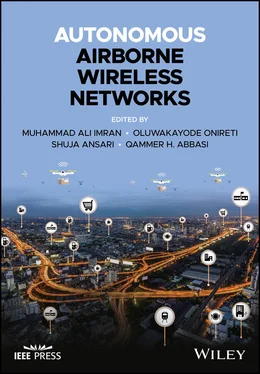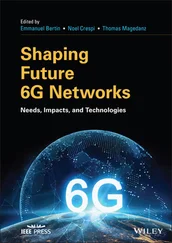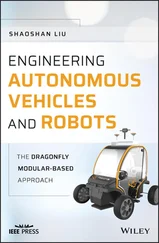Autonomous Airborne Wireless Networks
Здесь есть возможность читать онлайн «Autonomous Airborne Wireless Networks» — ознакомительный отрывок электронной книги совершенно бесплатно, а после прочтения отрывка купить полную версию. В некоторых случаях можно слушать аудио, скачать через торрент в формате fb2 и присутствует краткое содержание. Жанр: unrecognised, на английском языке. Описание произведения, (предисловие) а так же отзывы посетителей доступны на портале библиотеки ЛибКат.
- Название:Autonomous Airborne Wireless Networks
- Автор:
- Жанр:
- Год:неизвестен
- ISBN:нет данных
- Рейтинг книги:3 / 5. Голосов: 1
-
Избранное:Добавить в избранное
- Отзывы:
-
Ваша оценка:
Autonomous Airborne Wireless Networks: краткое содержание, описание и аннотация
Предлагаем к чтению аннотацию, описание, краткое содержание или предисловие (зависит от того, что написал сам автор книги «Autonomous Airborne Wireless Networks»). Если вы не нашли необходимую информацию о книге — напишите в комментариях, мы постараемся отыскать её.
Autonomous Airborne Wireless Networks A thorough discussion of distributed drone base station positioning for emergency cellular networks using reinforcement learning (AI-enabled trajectory optimization) An exploration of unmanned aerial vehicle-to-wearables (UAV2W) indoor radio propagation channel measurements and modelling An up-to-date treatment of energy minimization in UAV trajectory design for delay tolerant emergency communication Examinations of cache-enabled UAVs, 3D MIMO for airborne networks, and airborne networks for Internet of Things communications Perfect for telecom engineers and industry professionals working on identifying practical and efficient concepts tailored to overcome challenges facing unmanned aerial vehicles providing wireless communications,
also has a place on the bookshelves of stakeholders, regulators, and research agencies working on the latest developments in UAV communications.


 (dB)
(dB) (dB)
(dB) and
and  are the constant values related to the environment,
are the constant values related to the environment,  is the elevation angle between the ground user and the UAV,
is the elevation angle between the ground user and the UAV,  is the altitude of the UAV, and
is the altitude of the UAV, and  is the distance between the ground projection of the UAV and the ground device. According to Eq. ( 2.6), as the elevation angle increases with the UAV altitude, the blockage effect decreases and the AG propagation becomes more LoS. An advantage of this model is that it is applicable for different environments and for different UAV altitudes. However, it is unable to capture the impact of path loss for AG propagation in mountainous regions and over water bodies due to the lack of information related to their statistical parameters.
is the distance between the ground projection of the UAV and the ground device. According to Eq. ( 2.6), as the elevation angle increases with the UAV altitude, the blockage effect decreases and the AG propagation becomes more LoS. An advantage of this model is that it is applicable for different environments and for different UAV altitudes. However, it is unable to capture the impact of path loss for AG propagation in mountainous regions and over water bodies due to the lack of information related to their statistical parameters.






 ,
,  ,
,  , and
, and  being the carrier frequency, height of ground BS, the average width of street, and the speed of light, respectively.
being the carrier frequency, height of ground BS, the average width of street, and the speed of light, respectively.




 , the LoS probability is 1 and the path loss can be formulated as Eq. ( 2.17).
, the LoS probability is 1 and the path loss can be formulated as Eq. ( 2.17).










